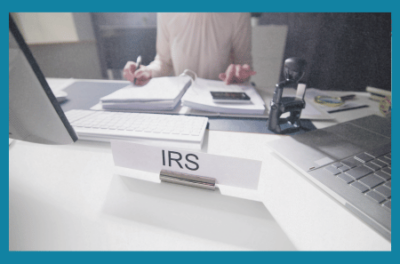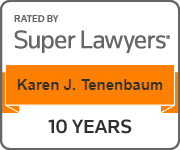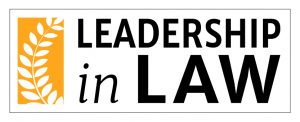How to Remove an IRS Tax Levy

What Is an IRS Tax Levy?
An IRS tax levy is a legal seizure of property to satisfy a tax debt. It is one of the many tools that the IRS can use to collect back taxes. The IRS can levy your wages, bank or other financial accounts, vehicles, real estate, and other personal property. However, certain types of property are fully or partially exempt, such as limits on the seizure of social security payments and books and tools of a trade.
How Does the IRS Tax Levy Process Work?
The IRS issues a Notice of Intent to Levy to delinquent taxpayers who fail to pay their bills. If you don’t respond to the notices, a Final Notice of Intent to Levy will be sent giving you 30 days to pay or file a request for a Collection Due Process hearing (Form 12153). After that, the IRS will start the levy process.
It is crucial to respond as quickly as possible to notices to avoid seizure of your property.
What Are the Grounds for Challenging an IRS Tax Levy?
You can challenge a levy on the grounds that:
- The assets seized by the IRS are exempt from levy;
- The IRS failed to comply with applicable procedural requirements;
- You do not have any interest in the property seized by the IRS.
Can You Appeal a Tax Levy?
You may appeal a levy, through the Collection Due Process (CDP), Equivalent Hearing or Collection Appeals Program. Importantly, there are pros and cons to each of these options.
How Can You Remove a Tax Levy?
The IRS must release a levy in any of the following circumstances:
- The amount owed was paid;
- The period for collection ended prior to the levy being issued;
- Releasing the levy will help the taxpayer pay his/her taxes;
- The taxpayer entered into an installment agreement and the terms of the agreement don’t allow for the levy to continue;
- The levy creates an economic hardship, meaning the IRS has determined the levy prevents the taxpayer from meeting basic, reasonable living expenses; or
- The value of the property is more than the amount owed and releasing the levy will not hinder the IRS’s ability to collect the amount owed.
Note that it can be difficult to prove economic hardship. You will need to provide financial information as proof. A tax lawyer can help you present a strong case to the IRS.
What Is the Effect of Releasing a Tax Levy?
Even if you obtain a release of the levy, you must still pay your tax debt. If you cannot afford to pay your bill, you may qualify for an installment agreement, offer-in-compromise, Currently Not Collectible Status, penalty abatement, or other tax relief.
How Can You Avoid an IRS Tax Levy?
To prevent a levy, you must address your tax problems as soon as possible. Keep filing your tax returns even if you cannot afford to pay your taxes. Determine if you qualify for a payment program. Don’t ignore tax notices. Finally, consult an attorney about how to respond and present the best case for relief.
If you have a tax problem, contact us for a consultation


